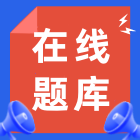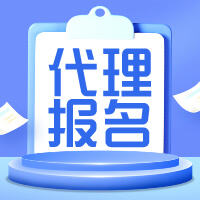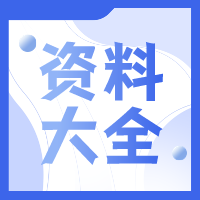Book Co. uses the activity-based costing approach for cost allocation and product costing purposes. Printing, cutting, and binding functions make up the manufacturing process. Machinery and equipment are arranged in operating cells that produce a complete product starting with raw materials. Which of the following are characteristic of Book’s activity-based costing approach?
I. | Cost drivers are used as a basis for cost allocation. |
II. | Costs are accumulated by department or function for purposes of product costing. |
III. | Activities that do not add value to the product are identified and reduced to the extent possible. |
A. I only.
B. I and II.
C. I and III.
D. II and III.
Answer:C
C is corrent because an activity-based costing system allocates costs to products by determining which activities performed by the entity drive the costs. An activity-based costing approach differs from traditional costing methods which accumulate costs by department or function. Activity-based costing accumulates costs by the specific activities being performed--printing, cutting, and binding in this case. By analyzing the activities of the entity, activities which do not add value to the product can be identified and reduced or eliminated.
A is incorrect because activity based costing allocates costs based on activities using cost drivers. Activities that do not add value are eliminated or minimized.
B is incorrect because activity-based costing allocates costs based on activities using cost drivers. Activities that do not add value are eliminated or minimized.
D is incorrect because activity-based costing allocates costs based on activities using cost drivers. Activities that do not add value are eliminated or minimized.


 QQ登录
QQ登录 微博登录
微博登录 微信登录
微信登录





















